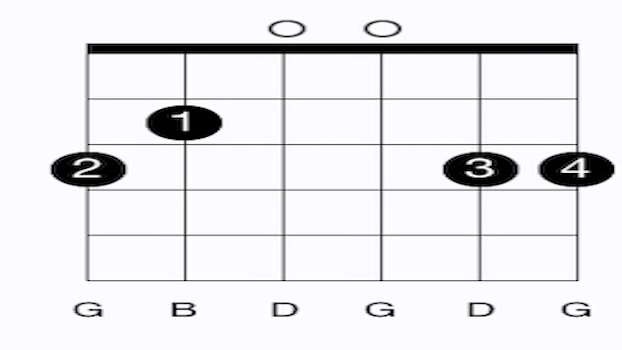
Spoiler alert: If you’re struggling to make the G chord ring clean, you’re just human.
I was right there with you. For weeks, my fingers felt like they belonged to someone else. It buzzed. It muted. It hurt. And yeah, I considered quitting.
But I didn’t.
So in this post, I’m going to walk you through what actually helped me nail the G chord and how you can get there faster (without the sore ego and numb fingertips). Let’s take a look at how to play g on the guitar!
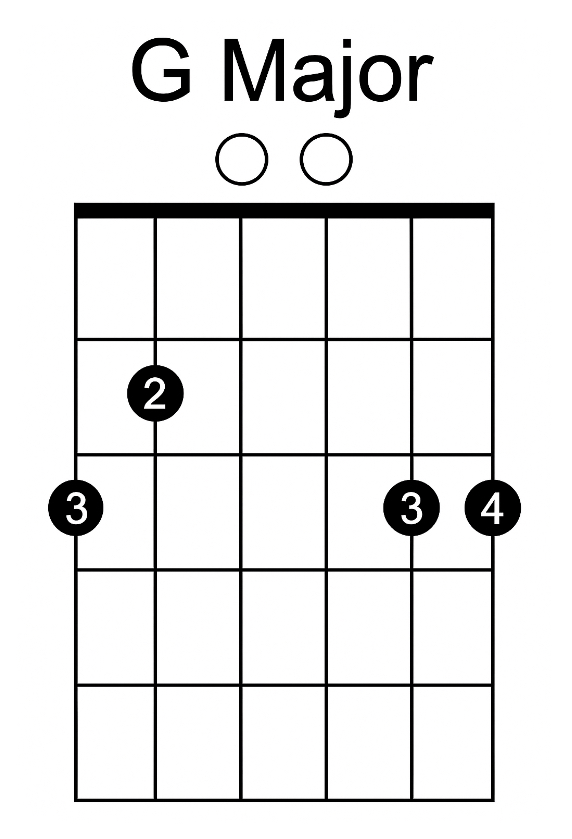
The G major chord(G, B, D) looks innocent enough on a chord chart. Just place your fingers like this and strum all six strings, right?
Yeah, right.
Here’s what was going wrong for me:
The more I tried, the worse it felt. And honestly, I started dreading songs that had a G in them (which is like, most of them).
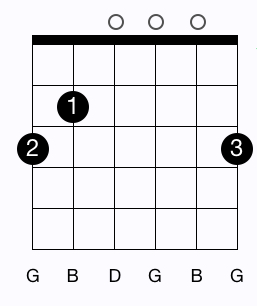
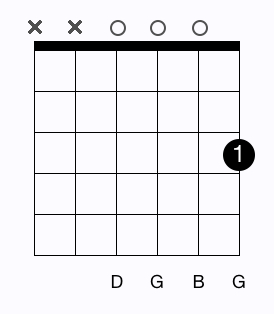
Instead of using four fingers (pinky on the high E), I started with the 3-finger version. It’s easier and gets you playing sooner. Sure, it’s not “textbook,” but it built my confidence and let me strum without stress.
If 3 fingers is too much, no worries, just use 1(as seen in the image above right). You can add the other fingers in later.
I kept getting stuck going into the G chord. So I practiced just switching between C and G… over and over. 10 minutes a day. I wasn’t playing songs, I was building reflexes.
Once I moved my thumb more behind the neck (instead of gripping over the top), I had a lot more reach. My hand opened up like a flower. Seriously.
It was a lil tougher this way but I believe it got my hands in better shape. I then used my Strat to practice the shape with lighter strings, thinner neck, and it was way easier on my fingers. Either way works though, in the end it’s really about developing your muscle memory.
🎸Check out this article “Best Beginner Electric Guitars: Budget-Friendly For Under $500” to choose the perfect starter electric guitar for you.
Look, it’s going to hurt at first. But you don’t need to be a martyr, 5–10 minutes of focused G chord practice per day is enough. Your fingers will adapt. Calluses will form. And one day, it just… clicks.
When I was struggling with the G chord, I thought, “Maybe I’m not cut out for this.” I’d played some punk riffs and single-string stuff, but full chords? They felt out of reach.
Now? G is second nature and I can switch in and out of it without thinking. But I still remember the frustration. And if you’re there now, I promise: You can get through it too.
Want a Shortcut?
You don’t have to struggle with the G chord alone. I’ve put together a free Beginner G Chord Cheat Sheet to help you skip the trial-and-error I went through.
Here’s what’s inside:
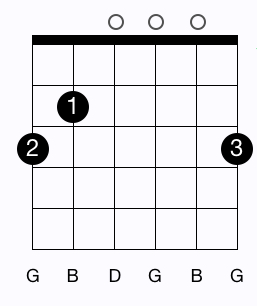
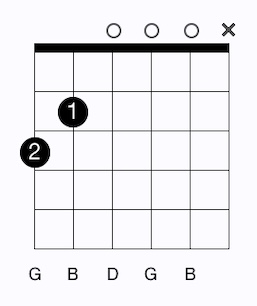
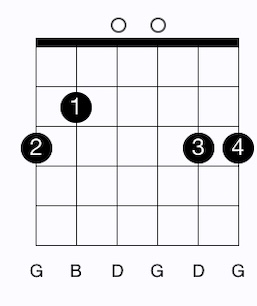
Each shape comes with clear diagrams and my notes on when and why to use it. (Yes, I still use the 3-finger version when I’m moving fast.)


This 2-minute exercise trains your hand to switch between the C and G chord without even thinking.
You’ll learn:
I used to mess this up every time. Now I can hit the switch blindfolded. (Not that I recommend it, but hey, you do you.)
Learning the G chord in isolation can feel… pointless. So I included three beginner-friendly songs you can strum as soon as your fingers cooperate. Click on the links below to see the guitar tabs so you can play along. ⬇️
Even if you can only play one chord clean right now, these songs will motivate you to keep going.
I designed this cheat sheet to live on your music stand, in your gig bag, or on your phone. No fluff, just real help.
📥 Grab It Free (No Strings Attached… Except Guitar Strings)

Sign-up for my newsletter! You’ll also get my best beginner guitar tips each week, stuff I wish someone had told me when I was starting out. No spam, just riffs, real talk, and the occasional gear tip.
**If you have any questions, leave a comment, send me an email, or fill out the contact form. I’m happy to help out.
The G chord isn’t the enemy, it’s just the first gate you pass through on your journey to becoming a guitarist.
And if your fingers aren’t cooperating right now, don’t worry. That just means you’re doing it right, you’re learning.
Rock on,
String Shock Steve
The G chord uses a wide stretch and requires three or four fingers across different frets and strings. Beginners often have trouble with finger placement, muting strings by accident, and building the hand strength needed to press all strings cleanly. It takes time for your fingers to learn the shape and for calluses to form.
Most beginners need one to four weeks of regular practice to play the G chord cleanly. Practicing for 5–10 minutes a day with slow, focused effort helps your fingers build muscle memory and toughness. For some, it may click sooner or later, and that’s normal.
Make sure you are pressing with the tips of your fingers, not the pads. Curve your fingers over the strings, keep your thumb behind the neck, and check that your fingers aren’t touching or muting other strings. Slow down, adjust each finger, and play one string at a time to find out which one is not ringing clearly.
Yes! You can use the 3-finger version of the G chord, which skips the pinky finger and can be much easier for smaller hands. You can even practice with just one or two fingers at first, then add the rest as your hand gets stronger and more flexible.
Practice switching between G and a simple chord like C or D, back and forth, for 5–10 minutes each day. Focus on moving all your fingers at once rather than one-by-one. Start slow, and celebrate small improvements; speed and accuracy will come with time.

I’ve been playing guitar 40 years now; writing, recording, and rocking in bands. Randy Rhoads, Warren DiMartini, and of course, Jimi Hendrix all lit the fire for me, and I’ve been chasing that passion ever since.